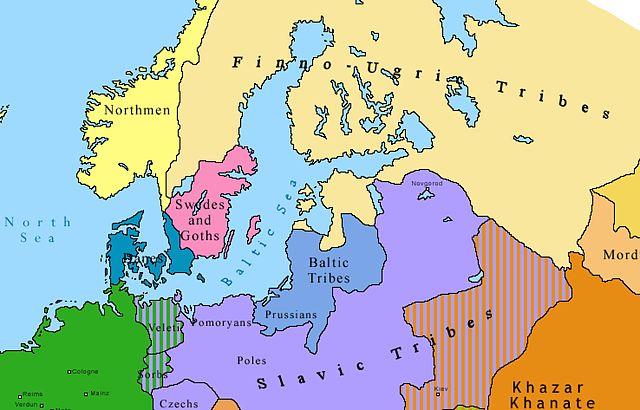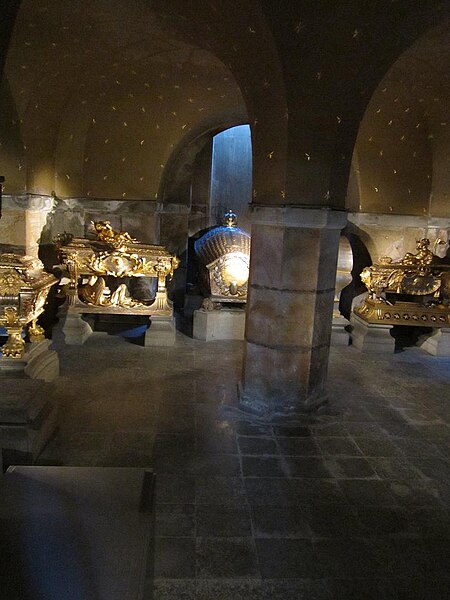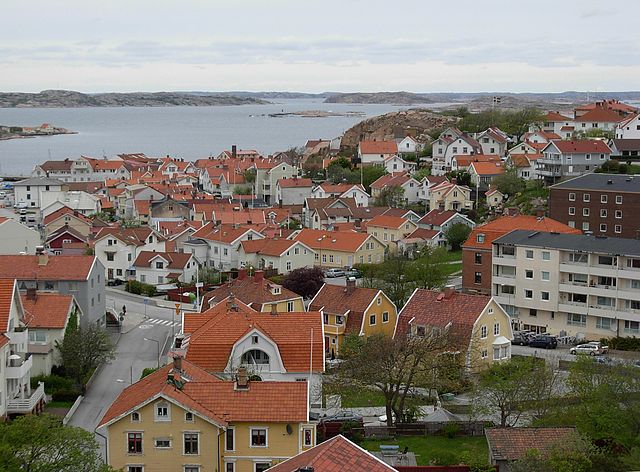The history of Sweden can be traced back to the melting of the Northern Polar Ice Caps. From as early as 12000 BC, humans have inhabited this area. Throughout the Stone Age, between 8000 BC and 6000 BC, early inhabitants used stone-crafting methods to make tools and weapons for hunting, gathering and fishing as means of survival. Written sources about Sweden before AD 1000 are rare and short, usually written by outsiders. It is usually accepted that Swedish recorded history, in contrast with pre-history, starts around the late 10th century, when sources are common enough that they can be contrasted with each other.
Swedish tribes in Northern Europe in 814
Gustav Vasa (Gustav I) in 1542
Gustavus Adolphus, victor at the Battle of Breitenfeld, 1631
This family crypt and the chapel above it house, in highly ornate coffins, the remains of all four of the Wittelsbach Dynasty monarchs of Sweden whose high-powered period (1654–1720) has been called the Caroline Era for Kings Carl X Gustav, Carl XI and Carl XII.
Bohuslän (Swedish pronunciation: [ˈbûːhʉːsˌlɛːn] is a Swedish province in Götaland, on the northernmost part of the country's west coast. It is bordered by Dalsland to the northeast, Västergötland to the southeast, the Skagerrak arm of the North Sea to the west, and the county of Østfold, in Norway, to the north. In English it literally means Bohus County, although it shared counties with the city of Gothenburg prior to the 1998 county merger and thus was not an administrative unit in its own right.
Lysekil, an old fishing village in Bohuslän
Urhultsberget in Lysekil Municipality
Nordic Bronze Age rock art in Bohuslän, Three men performing a ritual, circa 2nd millennium BCE, the Bronze Age.
Small fishing huts on Käringön in the Bohuslän archipelago. Drawn by Ferdinand Boberg in 1917.








